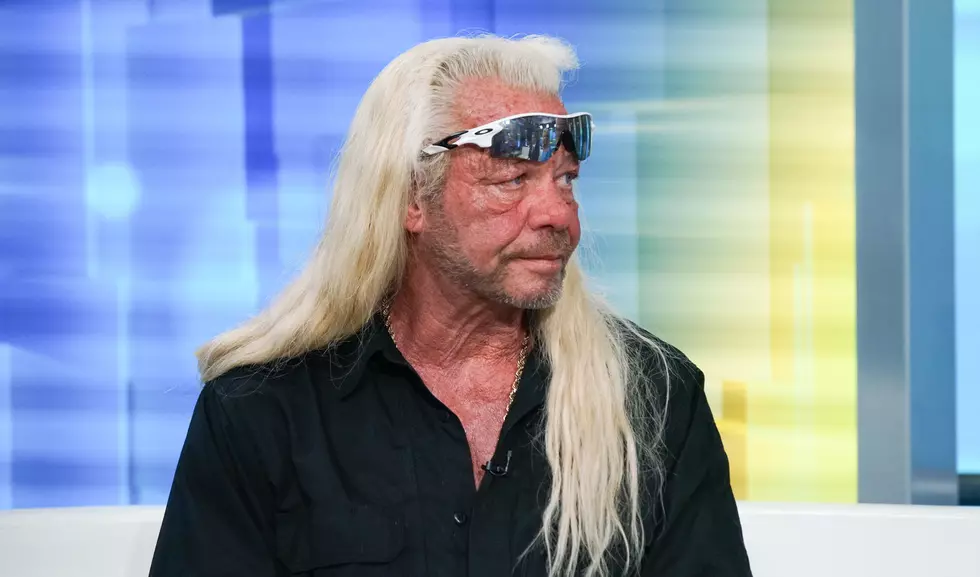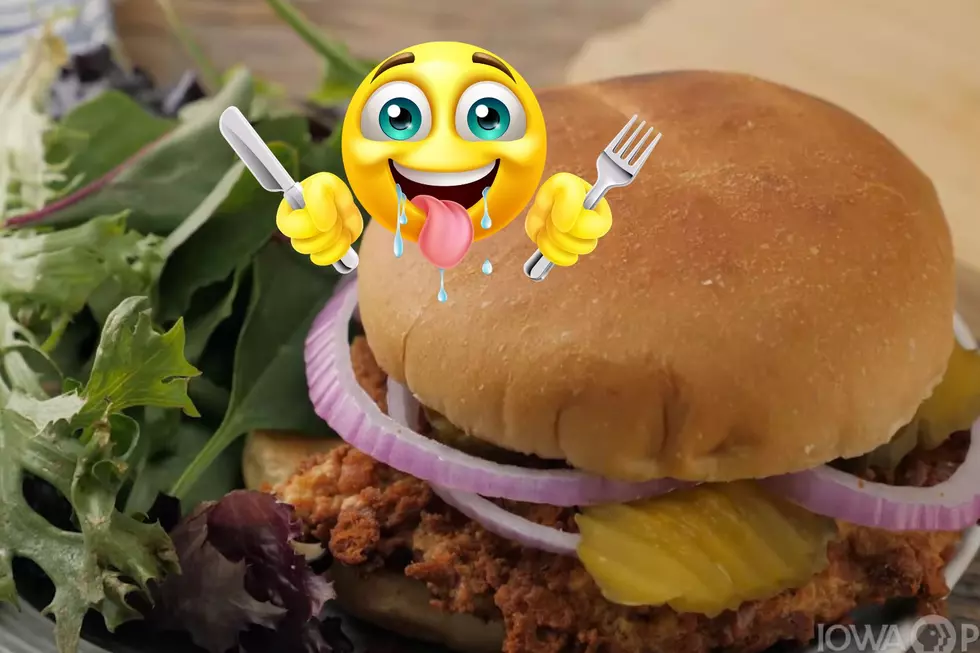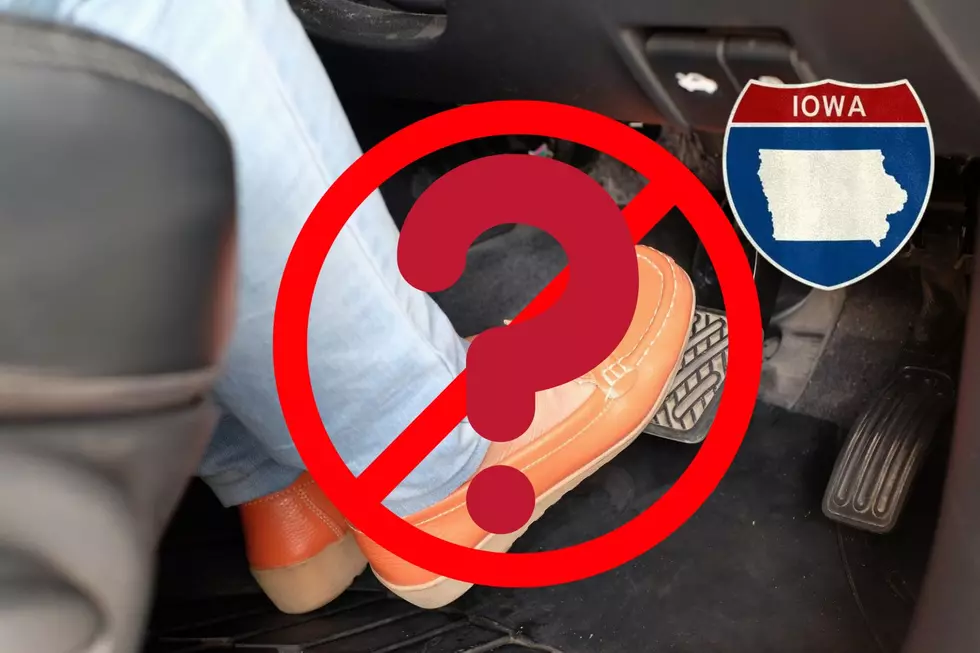
Bong Joon-ho Says the Best Way to See Netflix’s ‘Okja’ Is on the Big Screen
Bong Joon-ho‘s Okja is something truly special; a take-down of the food industry and powerful corporations in the form of an action-adventure with as much heart and humor as political commentary. It tells the story of a genetically-engineered “super-pig” created by Tilda Swinton‘s corporate CEO. The titular hippo-piglet is one of 26 animals sent off to farmers around the world to get big and fat, and eventually, eaten. During that time Okja spends her days frolicking in the South Korean mountains with her best friend Mija (Ahn Seo-hyun), the young granddaughter of a farmer. When the Mirando Corporation shows up to take Okja back to New York (and the slaughterhouse), Mija goes on a global adventure to rescue her pal with the help of animal rights activists.
The South Korean filmmaker’s latest is bursting with thrilling set pieces, eccentric humor, tenderness, and a few shocks that will make even casual animal lovers burst into tears. It’s an imaginative movie that you’d never see come out today’s studio system, but anyone with a Netflix subscription can see it at home right now. But that’s also ignited an-ongoing debate in the film industry – Okja is certainly Netflix’s first must-see film, as we wrote earlier this week, but is a small screen the ideal way to take in the film’s mix of stunning imagery and exhilarating action? Not according to Bong.
During an interview conducted through a translator in New York City last month, the filmmaker told me that the best way to experience Okja is on the big screen. But he also recognizes that Netflix has gifted his film with an extended life online. During our chat, Bong also told me about the inspiration behind his creature’s design, why compassion is a central theme of the movie, and the importance of having total creative freedom when making his films.
Did the concept for Okja begin as a story about a girl and her best friend, or as political film about the food industry?
The starting point was very simple. There was the animal in the beginning. Just the animal. And after that I developed the partner, the best friend of this animal and who makes this animal sad. Why this animal looks so big. The size of the animal had a lot of significance and various meanings. Because [genetically modified] foods, such as GM crops or GM animals such as salmon, they are made big to up the product value and maybe that’s why Okja is also big, just to up the product value of the meat.
What inspired the visual design of Okja as a sort of pig-hippopotamus hybrid?
What I was going for was a very big animal with a face of an introvert and very shy. Because Okja goes through a lot in the 2 hour span of the film, he wanted the audience to feel sympathy for Okja and the facial features were crucial in drawing out sympathy. That’s why I thought of the manatee, which is the kindest looking animal on the planet, and also the pig, which also looks kind-hearted, but it’s a special animal because we always associate it with food. So it was a mixture of pig, a manatee, and a hippo.
You mention kindness, and so much of this film is about compassion and sensitivity. Why did those qualities feel so important with these characters?
It’s a part of the film and it’s about respecting the other person or other object as a being. Even Jay, who’s played by Paul Dano, has this line which is “I hold all animals and people dear to my heart.” And then there is a scene where the ALF and Jay asks for Mija’s consent to perform a certain mission. They always have good intentions like that. But as you can see, the results aren’t as pretty as their intentions. It doesn’t end up the way they want to and it’s always mixed with accidents and mishaps. And Nancy seems to be separated from that whole notion. She’s the furthest away. The best relationship that portrays this mutual respect, kindness, is Mija and Okja’s.
Mija and Okja’s scenes show how their connection transcends words, and they use body language and facial expressions instead. As a director, can you talk about conveying so much emotion in those scenes without dialogue?
Especially in this case because one side of the relationship was an animal, they had to show their relationship visually. The best way to convey emotion without dialogue is through the eyes and that’s why the VFX teams strived to get the eyes right. During the early stages of the film where Mija was whispering into Okja’s ears, and the ending scene, Okja whispers into Mija’s ear. And that whisper was especially important to me because I thought it was important for the audience to hear the sounds of life. We think of this pig or in the film, the pig is thought to be a food product or merely merchandise, but it’s actually a living being with a context and history around it, and it was important to hear the sound coming out of that being.
Your action sequences in this are so fantastic, partly for how well they blend chaos with comedy. What’s your process behind crafting set pieces that mix humor and action?
It wasn’t an intentional thing to mix action with humor, but because the action itself is so chaotic and the people performing within this action scene – there’s no core heroes or pure heroes, they’re all fools and idiots who try to get by. It naturally becomes very funny. If you put pathetic characters into that messy space, it’s very naturally looks very comic. [Laugh.] It just happened like that. Our character is not Captain America or those Marvel heroes. [They’re] all just human like us and in a very real space, like a very messy shopping mall. The setting itself just makes it naturally funny.
After Okja and Snowpiercer, is it especially important to you to be able to make your movies with creative freedom?
I will only work when I’m guaranteed 100 percent creative freedom. I won’t compromise this freedom for say, a bigger budget or a wider release.
There’s been controversy around Okja being a Netflix release. How do you feel about people seeing your film and experiencing its stunning images on small screens?
Yesterday there was an AMC screening, which was fabulous. I believe that watching it on the big screen is the best way to watch this film. However, considering the long lifespan of a single film where the theatrical release is rather short and the rest of its life lies in the digital realm, I do believe that because Netflix holds such a high standard for its visual and audio specs, for example 4K, I believe that Netflix is a very good means of digitally archiving one’s film. It’s not only a good way of digitally archiving, it’s a very democratic way for people to come back to and revisit the film.
Not only was this chosen as a closing for Sydney Film Festival, it has been invited to various film festivals around the world. So there is continuous opportunities for people to watch this on the big screen. And as for Korea, there are more than 60 theaters that have chose to screen the film. Some multiplexes have decided not to because they disagree to the simultaneous streaming, but nevertheless because of these theaters, Korean audiences will also have an opportunity to see it on the big screen.
Okja is now streaming on Netflix and playing in limited cities.
More From Y105






